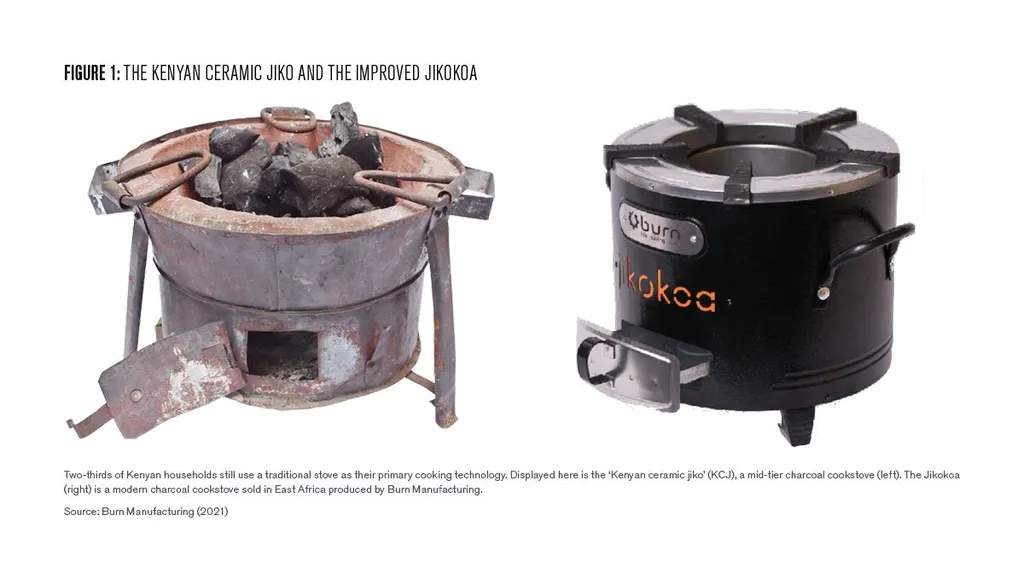In the bustling urban landscapes of sub-Saharan Africa, where eighty-four percent of households rely on traditional, polluting fuels like wood and charcoal for cooking, a pressing challenge emerges: household air pollution (HAP). The quest for cleaner air and healthier living conditions has led researchers to explore the potential of improved biomass cookstoves as a bridge to modern, cleaner-burning fuels and stoves. A recent study published in *GeoHealth* (translated to English as “Earth Health”) sheds light on the impacts of such interventions in Lusaka, Zambia, offering valuable insights for the energy sector and policymakers alike.
Stephanie Parsons, a researcher from the Department of Civil, Construction, and Environmental Engineering at North Carolina State University, led the study that aimed to evaluate the effectiveness of improved cookstoves in reducing personal exposure to carbon monoxide (CO) and fine particulate matter (PM2.5). The research focused on two types of improved stoves: the Mimi Moto (pellet) and the EcoZoom (charcoal). “We wanted to understand if these stoves could make a significant difference in the air quality experienced by primary cooks in their homes,” Parsons explained.
The study employed a comprehensive approach, measuring 24-hour personal exposure to CO and PM2.5 among 747 and 90 participants, respectively. The findings revealed that switching from traditional charcoal stoves to either of the intervention stoves did not result in significantly reduced exposures. However, a notable reduction in CO exposure was observed among cooks who used electric stoves, independent of the intervention. “The more they used electric stoves, the greater the reduction in CO exposure,” Parsons noted.
One of the most intriguing findings was the variability in exposure levels, which was predominantly influenced by seasonal, regional, and neighborhood differences rather than household stove and fuel choices. This suggests that addressing household air pollution in urban settings may require a more holistic approach. “Our findings indicate that focusing solely on HAP exposure from cooking is unlikely to yield the expected exposure reductions,” Parsons stated. “Policy makers should consider pollution reduction policies and interventions that target ambient air quality in tandem with HAP-mitigating strategies to address the air pollution health burden effectively.”
For the energy sector, these findings underscore the need for innovative solutions that go beyond improving cookstoves. The study highlights the potential of electric stoves as a viable alternative, but also points to the challenges of affordability and availability. As urbanization continues to rise in sub-Saharan Africa, the demand for clean and efficient energy solutions will only grow. This research provides a crucial stepping stone in understanding the complexities of household air pollution and the broader implications for public health and energy policy.
The study’s findings are particularly relevant for energy companies and policymakers looking to invest in sustainable and health-conscious solutions. By considering the broader context of ambient air quality and regional differences, stakeholders can develop more effective strategies to reduce air pollution and improve public health outcomes. As Parsons and her team continue to explore this critical issue, their work serves as a reminder that addressing household air pollution requires a multifaceted approach, one that integrates technological innovation with policy and environmental considerations.

